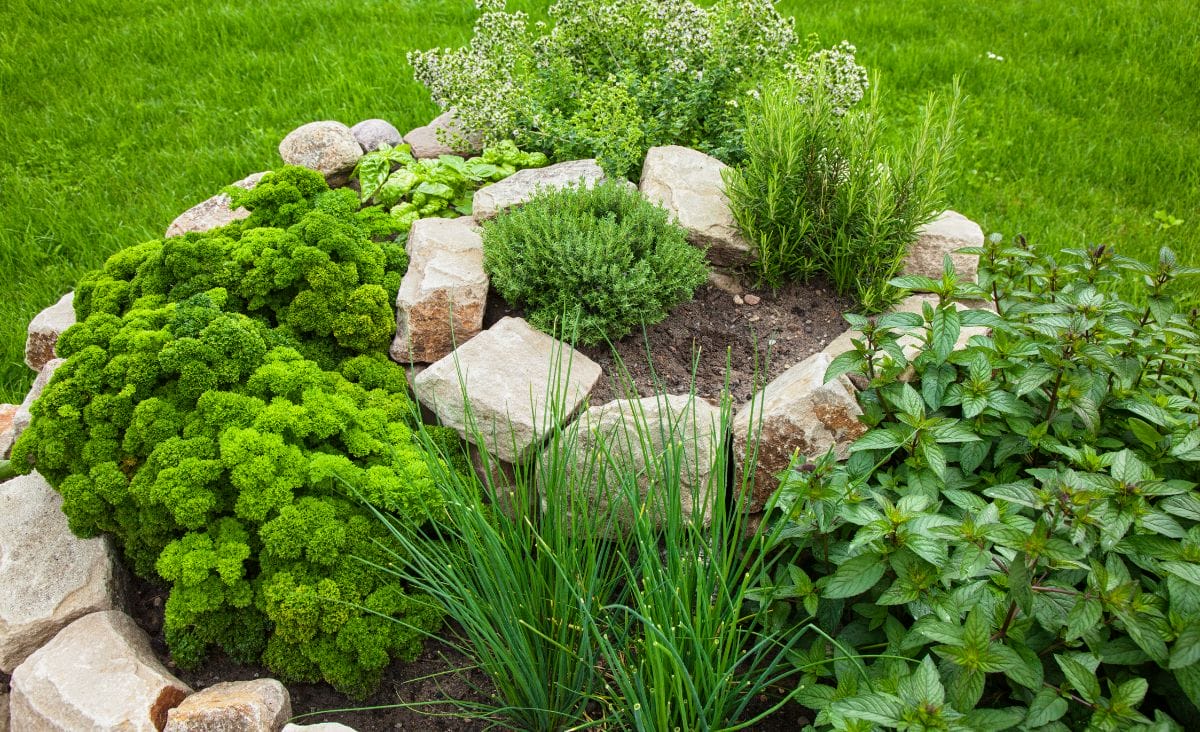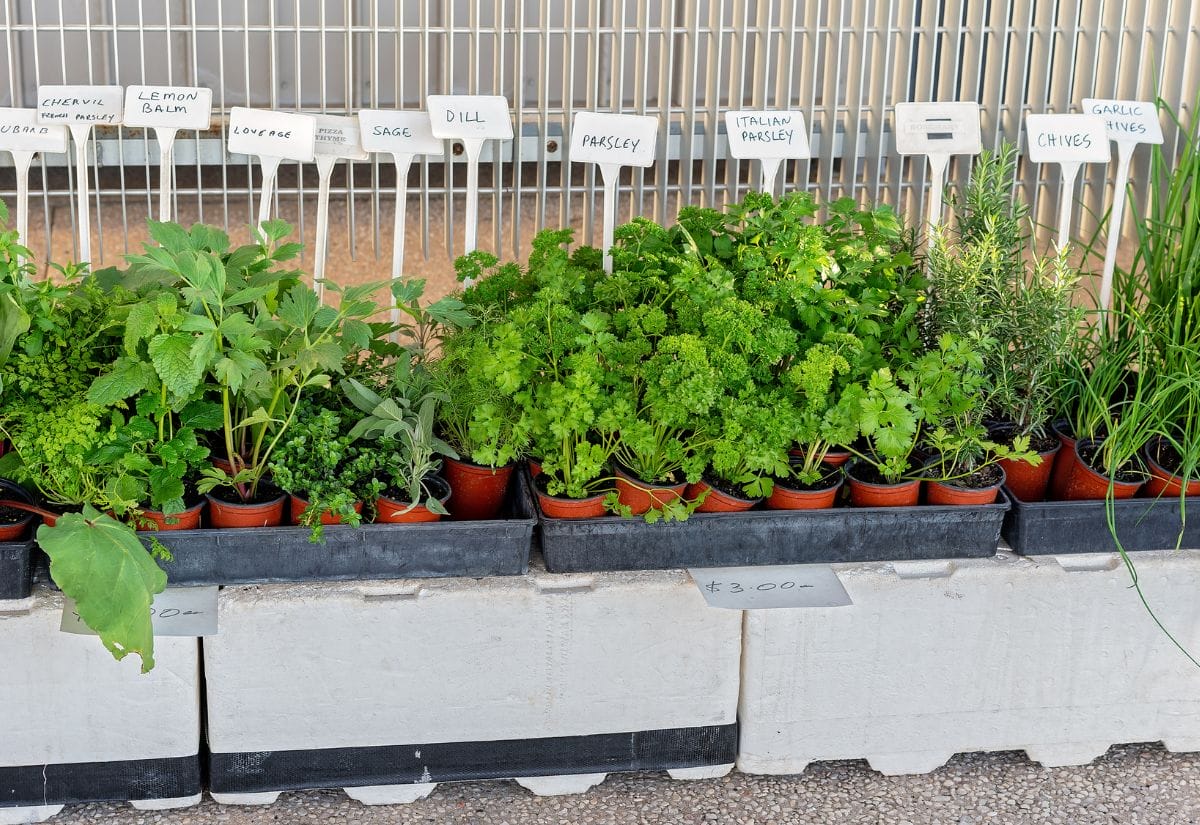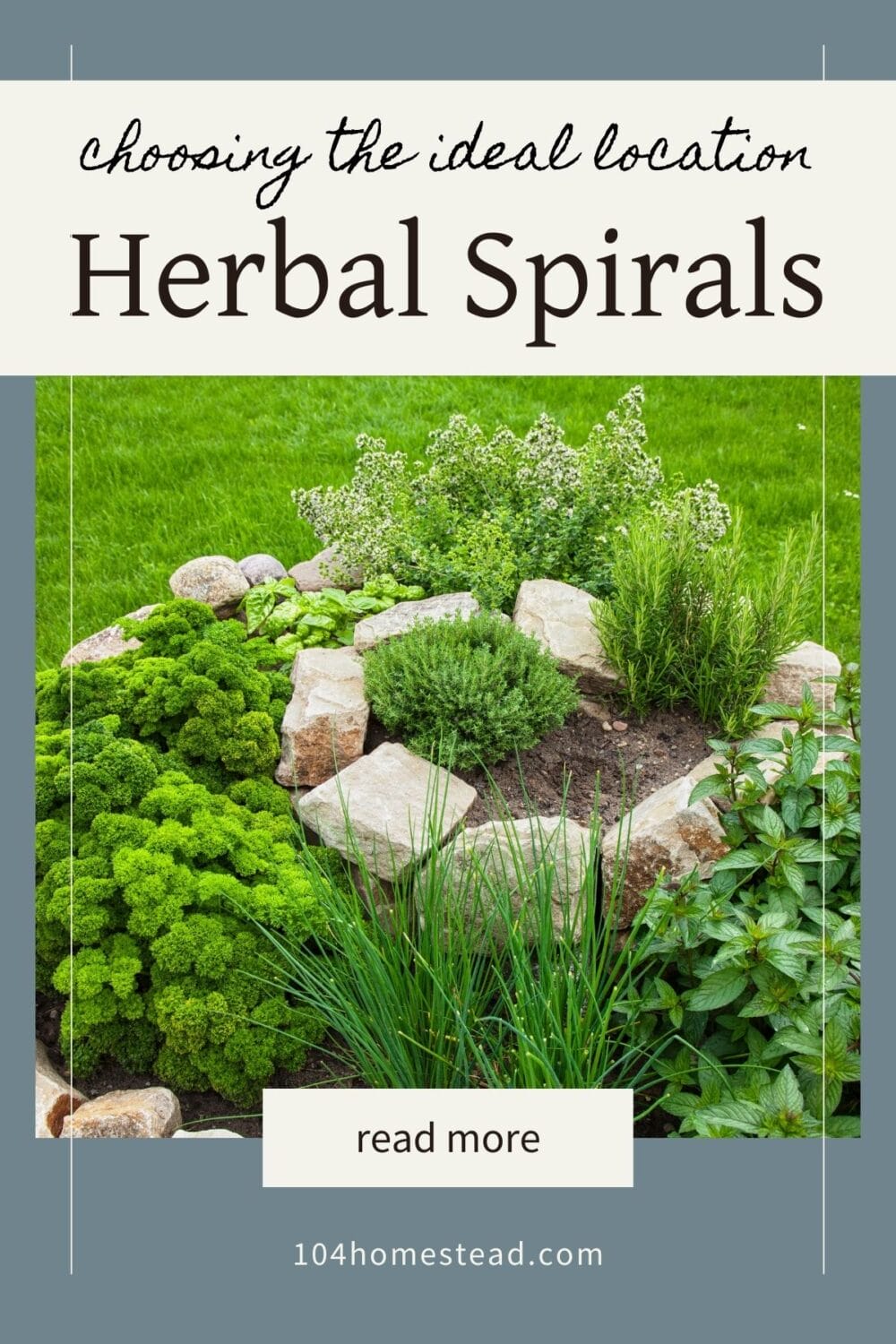How to Choose the Ideal Location for Your Herbal Spiral Garden
Find the perfect herbal spiral spot with our guide. Find out how to place your herb garden for growth, access, and visual appeal.

Herbal spirals are a dynamic way to design a garden. They arrange different herbs in a spiral shape, making the most of vertical space and creating different microclimates. This design makes it easy for water to drain from the top to the bottom, so herbs with different water needs can grow in a small space. An artistic and useful combination that creates a unique way to grow herbs.
The location of your herbal spiral is very important to its success. Picking the right spot for your herbs will not only help them grow well, but it will also make your daily gardening tasks easier and make your garden look better.
Here’s how to find that perfect spot:
Sunlight Exposure
To make sure your herbal spiral does well, you need to know how much sunlight your garden gets and position your spiral correctly.
Detailed Sunlight Assessment
Most herbs require full sunlight to thrive, which means about 6–8 hours of direct sunlight each day. Spend a few days mapping the patterns of sunlight and shade in your garden to identify areas that meet this criteria.
There should be a lot of sunlight hitting the spiral all day, so the herbs can grow well.
Strategic Orientation
How much sunlight the spiral gets depends a lot on how it is positioned. If you are in the Northern Hemisphere, facing the opening of the spiral northward will make sure that all the herbs, no matter where they are in the spiral, get enough light. When you are in the Southern Hemisphere, the opening should face south instead of north.
Drainage and Soil Quality
Elevation Advantage
Positioning your herbal spiral on elevated ground can naturally enhance drainage, preventing the risk of waterlogging, which is detrimental to herb health. This elevation doesn’t need to be significant; even a slight rise can provide a good drainage gradient.
Soil Enrichment
Before installing the spiral, prepare the site by enriching the soil with organic compost or well-rotted manure. This will improve soil fertility and structure, promoting vigorous herb growth. Well-draining soil is a must, so consider incorporating sand or grit if the natural soil is heavy clay.
Accessibility
Making a herbal spiral that is easy to get to and looks good will not only make your garden more useful, but it will also make it look better.
Convenience is Key
For maintenance tasks like watering, weeding, and harvesting, your spiral should be easy to get to. Putting it near your kitchen or along a path you use often can make it easier to get to and encourage you to use your herbs more often.
Visual Enjoyment
Garden beauty is one of the best things about having a herbal spiral. To enjoy its beauty and stay motivated to keep it in good shape, put it somewhere that you can see it from your home or outdoor living spaces.
Wind Protection
Although some airflow is good for plants, too much wind can dry out the soil and make plants stressed. If your garden is out in the open, put the spiral near a natural windbreak like a building, fence, or hedge. This will protect it from strong winds while still letting air flow through.

Watering Convenience
A hose or water barrel should be close enough to the spiral to make it easy to water. This is especially important for the spiral’s upper levels, which may dry out faster and need to be watered more often.
Rain Catchment for Easy Watering
With a rain collection system set up near your herbal spiral, your garden will be much more sustainable and productive. By collecting rainwater, you can give your herbs a steady source of water in a way that is good for the environment and does not cost a lot of money.
Plan where to put a barrel or a set of containers around your spiral so that they can collect water that runs off of nearby buildings, like the roof of your house or shed. For easy gravity-fed irrigation, make sure the catchment system is raised above the level of your spiral. This setup makes your herbal garden a model of green gardening because it not only cuts down on your use of tap water but also makes the best use of natural resources.
Microclimate Utilization
Different microclimates are naturally made in a small area thanks to the herbal spiral’s design. Place moisture-loving herbs at the bottom where the soil retains more moisture, and drought-resistant herbs at the top where conditions are drier.
Moisture-Loving Herbs
These herbs would greatly benefit from being planted at the bottom of an herbal spiral, where moisture levels are higher due to water runoff and shade from the spiral’s structure.
- Mint (Mentha spp.) Known for its vigorous growth, mint thrives in moist conditions and can easily spread if not contained. It’s perfect for the wetter parts of the spiral.
- Lemon Balm (Melissa officinalis) This herb enjoys a sunny to partially shaded spot with plenty of moisture. It’s valued for its lemon-scented leaves, which can be used in teas and culinary dishes.
- Cilantro (Coriandrum sativum) Preferring cool and moist environments, cilantro is an ideal herb for areas that receive adequate water. It’s widely used in cooking for its fresh, distinctive flavor.
- Parsley (Petroselinum crispum) A versatile culinary herb, parsley grows best in moist, well-drained soil. It can be planted in the more humid areas of an herbal spiral.
- Chervil (Anthriscus cerefolium) Often used in French cuisine, chervil thrives in a cool, moist environment. Its delicate flavor is a great addition to salads and egg dishes.
Tip: When planning your spiral, think about the mature sizes of the herbs to avoid overcrowding and ensure that taller varieties don’t cast shade on smaller, sun-loving herbs.
Drought-Resistant Herbs
These herbs are ideal for the upper reaches of an herbal spiral, where the soil tends to be drier due to increased sun exposure and drainage.
- Rosemary (Rosmarinus officinalis) A hardy perennial that thrives in full sun and well-drained soil, rosemary is known for its aromatic leaves, which are commonly used in cooking.
- Lavender (Lavandula spp.) With its beautiful flowers and fragrant foliage, lavender is highly drought-tolerant once established, preferring full sun and well-draining soil.
- Thyme (Thymus vulgaris) A versatile herb in the kitchen, thyme is a low-maintenance plant that grows well in dry conditions, making it perfect for the top of an herbal spiral.
- Sage (Salvia officinalis) Sage requires little water once it’s established and enjoys full sun, making it another excellent choice for areas with low moisture.
- Oregano (Origanum vulgare) This herb is known for its vigorous growth and ability to withstand dry conditions once established, thriving in full sun and well-drained soil.
Frequently Asked Questions About Herbal Spirals
Using new gardening methods and picking the right herbs are important for making a garden that grows and lasts. Hugelkultur in your herbal spiral can make the soil more fertile and help it hold on to water, which makes it perfect for a wide range of plants. If you want to know how to choose plants that will do well in your permaculture garden with little work, check out my list of the 8 most important herbs for any garden. Consider these ideas to take your herbal spiral to a whole new level.
And learn how to store your harvested herbs long-term, whether they are for medicinal or culinary purposes. If you’re looking into experimenting with herbalism, be sure to check out my new book, From Soil to Salve.
If you’ve found value in this blog post and enjoyed reading it, why not share it with your Pinterest community? Pin the image below and spread the love!

Selecting the right location for your herbal spiral involves careful consideration of factors like sunlight, soil quality, accessibility, wind protection, and water source proximity. By giving these things careful thought, you can make sure that your herbal spiral not only grows well as an herb garden but also looks great in your outdoor space.
Have you chosen a spot for your herbal spiral yet? Share where you plan to build it and what makes it the ideal choice for your garden in the comments below!

